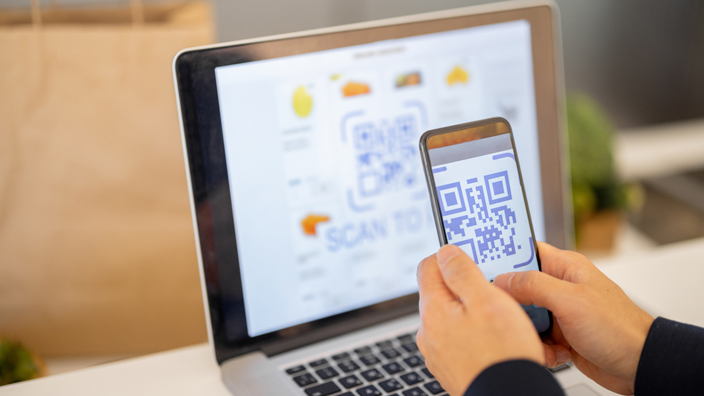The CyberSafe at USPS team wants employees and contractors to know that smishing and vishing are rising threats to the Postal Service.
Smishing refers to text messages sent by online criminals to con recipients into downloading malicious software or divulging passwords and financial account information.
Vishing is a term that combines the words “voice” and “phishing” and involves callers who use spoofed phone numbers to make it appear as if the calls originate from legitimate sources.
Postal Service employees have fallen victim to these scams, in addition to quishing, which uses fraudulent QR codes.
USPS is encouraging employees and contractors to:
• Beware of phone calls or text messages that ask for personal or business information — or demand you take immediate action.
• Avoid clicking on suspicious links in unexpected or unsolicited text messages.
• Be cautious of text messages from unknown sources or numbers that don’t look like real phone numbers.
• Not reply or respond to suspicious phone calls or text messages.
• Filter unknown senders, which will block notifications from unsaved phone numbers, decreasing the likelihood of falling for a smishing scam.
IPhone users can filter unknown numbers by going to “Settings,” then “Messages” and then toggle on the “Filter Unknown Senders” option.
Android users can go to “Settings,” tap on “Block Numbers” and then toggle the “Block Unknown Callers” button.
The CyberSafe at USPS Blue and LiteBlue pages have additional information.



